Whether this breed is clowning around, cuddling with you on the couch, or racing around the backyard, the Havanese is a loving and social dog that's the perfect fit for almost every family. The Havanese might be adorably small with elegant fur, but they love to play, learn agility tricks, and sometimes even swim. They are intelligent and very quick learners, making them easy to train.
So is this the perfect addition to your home? Probably! But before you make that decision, follow along as we take a closer look at the Havanese's interesting history, care requirements, and exercise needs.
Havanese Characteristics (Physical)
Thanks to its curled tail, silky coat, and sweet, beady eyes, the Havanese has a very distinct look. Despite their small size, this breed is known to be very sturdy and adaptable. This fun-loving dog has a springy gait to match its playful personality.
Size
This small, sturdy dog is 7 to 13 pounds. They stand at 8.5 to 11.5 inches. The Havanese reach their full size when they are 6 to 8 months.
Head
Broad and slightly rounded, the Havanese has a very distinctive head. They have flat cheeks and a short muzzle. Their ears are broad at the base and dropped with a distinct fold. Their eyes have an almond shape — large and dark brown. More so, the Havanese carry a soft and intelligent expression that the American Kennel Club sometimes calls "mischievous."
Body
While tiny, the Havanese have a long body. That's thanks to their ribs, which are well-sprung, and their muscular upper arms and hindquarters. The Havanese is quick, getting its speed and strength from its back legs. They hold their head high on top of a slightly arched neck.
Tail
This is one of the many unique traits of the Havanese. Their tail is high-set and arches forward over the back. The tail is plumed with long, silky hair. The fur will fall on either side of their body, making the dog appear elegant.

Havanese Personality
Whether you're looking for a goofball, an emotional support animal, or a watchdog (yes, you heard that right), the Havanese is right for you. This adaptable and lovable dog breed is a great fit for almost every family. The Havanese is known for its charming personality. This is a friendly dog that gets along with just about anyone. This dog will often find ways to entertain you. They have an outgoing personality and always look to make you laugh (or get some cuddles).
Even though this breed is known for being goofy and clowning around, some pet owners report that the Havanese make a good watchdog! This devoted pup breed will alert their family if there's any threat or intruder. This breed is best suited for a family that can spend time with them throughout the day. This is a clingy dog that craves companionship. Being left alone for long periods each day can lead to destructive habits and separation anxiety. Intelligent and loyal, the Havanese will become bored and lonely if left alone consistently.
The Havanese is an otherwise adaptable dog that does well in big homes with big families or inside a small apartment in the city. Some people even bring the Havanese with them on vacations or have them as an RV companion.
Exercise
While the Havanese is small and doesn't mind living in a small apartment, this dog breed is surprisingly active and full of energy. According to the AKC, the Havanese has moderate exercise needs for a dog. That means they need about an hour of playtime a day. This could be a brisk dog walk or just playing around in the backyard. The most important thing is that they are doing it with you.
This eager-to-please and clever dog may excel at organized sports like agility, freestyle, obedience, and flyball. Flyball is especially a fun sport to get into because it also keeps you and your dog socialized. Flyball teams are made up of four dogs and handlers. There is also a person who loads the balls into the Boxloader and sometimes one to collect the balls.
Flyball is a relay of sorts. Each dog takes turns running down a straight path and jumping over four hurdles. At the end of the line, the dog jumps onto the Boxloader, grabs a ball, and then runs back down the path to the finish line. This dog sport can improve your dog's obedience as well as your communication as a team.
While the Havanese have a lot of grit, remember that this isn't a dog that should be over-exercised no matter their age or size. If you notice them panting or struggling to keep up with you, it's time to go home and rest.

Training a Havanese Dog
The Havanese should be trained early on as a young puppy, including obedience and socialization. Bring your puppy around a variety of dogs and people. The Havanese is friendly and will quickly get used to being around different people in different environments. You'll figure out fast that the Havanese catches on a lot faster than other small dog breeds (and even compared to some larger breeds). That's because they aren't stubborn at all, not headstrong, and are more than willing to listen. Simply put, the Havanese are eager to please you.
But unlike most dog breeds, experts don't recommend using treats as a way to reinforce good behavior. The Havanese is a small dog that can become overweight quite easily. Instead of offering treats when your Havanese does something good, give them some affection and attention. Treats should be used sparingly. While the Havanese are intelligent and excited to please you, they are known to take a while to housebreak. This is a pretty common issue for smaller dog breeds, leading to a lot of frustration for pet owners. During this training, you will need to remain consistent and maybe even install a doggy door.
History
This dog breed is related to many ancient lapdog breeds, including the Bichon Frise and Maltese. According to the American Kennel Club, it was one of the small breeds to be bartered around the world by seafaring merchants. Instead of herding or hunting, the Havanese were treasured for their cuddly, loving personalities. By the aristocrats, of course. In the 1600s, the Havanese was kept as a lapdog by Cuba's aristocrats and wealthy planters and an exotic breed brought to the island by Italian sea captains.
The Havanese spent about 300 years this way. Throughout this time, the breed became refined with Poodles and other local favorites. In 1959, communists took over Cuba, and Cubans fleed Ridel Castro's revolution. Many of them brought their Havanese pups with them as they escaped to America. American dog fanciers immediately were enamored by the Havanese. They helped the refugees preserve the Havanese, making them a popular breed in the United States and beyond. It was ranked the 25th most commonly-registered breed in 2014, according to the American Kennel Club.
Common Havanese Health Problems
The Havanese is known to carry a few serious health conditions like most purebred pups. Always adopt your dog from a trusted breeder. Reputable and registered breeders will screen their breeding dogs for hereditary conditions and remove dogs that carry certain diseases from the breeding pool. Ask your breeder for health guarantees on their litter. You can provide your dog CBD oil. If they can't offer this, run!
You should always bring your Havanese to regular vet visits, even if they seem healthy. This will help you stay on top of possible diseases and conditions. Vets can provide care routines that maintain your dog's health and happiness.

Deafness
This is often a congenital condition in the Havanese. Deafness means that your dog can't hear, either partially or completely. Deaf dogs can live long, happy lives and thrive just like any other dog. But you might have to change your training and communication techniques. Deaf dogs should also be closely supervised whenever possible, especially when outside.
Patellar Luxation
A lot of dogs develop this condition. This is when your dog has a loose knee joint. Over time, this can lead to knee discomfort or even arthritis. Your dog will start limping or avoiding the use of the affected limb.
Hip Dysplasia
This condition is much more common in large dogs, but the Havanese is prone to this complication, which can cause a similar discomfort to Patellar Luxation. Parts of the hip joint will rub against each other, causing much pain and even permanent damage if left untreated. You can provide your dog Best joint mobility treats for dog.
Similarly, the Havanese is prone to elbow dysplasia. They will often need surgery for this. Without reading hip or elbow dysplasia, your dog will suffer from a lot of pain and also lose the use of its limbs. Always have your vet check for these conditions during regular visits.
Hypothyroidism
This breed has a high rate of underactive thyroid glands, which may leave your dog feeling lazy, slow, and achy. They might also gain weight. If you suspect your dog has hypothyroidism, bring them to the vet immediately. Your vet can provide a treatment plan for your dog to keep them happy and healthy throughout their lives.
Allergies
The Havanese can have skin allergies to fleas, pollen, and grass. You'll notice your dog constantly itching and scratching. They will also start to chew themself. You might not see any other symptoms at first due to your dog's long hair. But check their skin for redness, cuts, or other signs of irritation.
Dental Problems
Smaller dog breeds are more prone to have dental problems because their mouths are smaller in size. This includes tartar formation, gum recession, and eventual loss of teeth. Many elderly small dogs will have lost half their teeth or more if not taken care of properly.

How to Care for a Havanese
Because of its size, demeanor, and coat, it's highly recommended that the Havanese is kept strictly indoors unless supervised. While indoors, the Havanese should be given a crate or designated area for when you're not around to reduce accidents and destructive behavior. Even though the Havanese is happy to hang out indoors most of the day, that doesn't mean this smart pup is satisfied just lounging around all day.
You will need to exercise with your dog, either with an hour-long playtime session or walk. And you will also want to provide cuddles and toys for your Havanese throughout the day. Make sure that your dog has a variety of toys. This will keep them stimulated and entertained. Chew toys, plushies, ropes, and other fun stuff for your dog to romp around with.
You should also consider toys that help fight tartar buildup in your dog's mouth since they are more prone to dental issues. Try out some dental chews! Interestingly, the Havanese loves paper! They will often go out of their way to find paper, including toilet paper on the roll or napkins in someone's pocket. Make sure they are supervised during playtime with paper, or you might find an entire roll of toilet paper spread out throughout the house and all over your dog's mouth!
Other Care Suggestions
Provide your Havanese with a comfy bed (although the Havanese will always prefer to cuddle with you on the couch or sleep with you in bed). You should also consider coverings for your sofa since you'll quickly realize that the Havanese loves to climb! This breed enjoys lounging on top of the couch or your table, watching you go about your day.
If you install a doggy door for your dog, remember to have a very secure backyard. It should be fenced in, so your Havanese is safe and protected inside your yard. This will prevent your dog from running away as well as keep predators from getting at them. To encourage your Havanese to use the bathroom out in your yard, you might want to invest in a raincoat and booties.
Havanese that aren't used to the rain or water often don't like the feeling of being wet, one reason they refuse to go out to potty. The raincoat can also come in handy on hikes and trips, keeping your dog warm and cozy.
Nutrition and Feeding for a Havanese
The Havanese should be fed about one-half to one cup of dry dog food a day. Most Havanese owners split this portion into two meals, one in the morning and one at night — don't use free-feeding with this breed since they are prone to easy weight gain. If you are concerned with your dog's weight, you should talk to a veterinarian about proper portion control for your dog's specific needs. They might also recommend certain foods that meet their nutritional needs.
When looking at commercial dog food brands, always ensure it has a named protein source as the first ingredient (not a "meal"). It should also have healthy carbs (not starches and corn). Proper dog food will also have vitamins and minerals that keep your dog healthy and vibrant. Never give people food to your Havanese. It can be hard to resist because this dog is clever and adorable. But training them not to beg for human food is vital to their health. Always be consistent and make sure everyone else is as well.
The Havanese, like most dogs, are allergic to a lot of human foods. A lot of ingredients in our food can be bad for their health. On top of that, the Havanese can gain weight from this food very easily.
Coat Color and Grooming
As a puppy, the Havanese will often change colors. Over time, their color might change entirely, even becoming darker or lighter. This can happen until the Havanese is one year old, meaning you won't always know what your Havanese will look like as a puppy. All colors and markings are permitted for this breed, as are all skin colors. That means the Havanese can be anything from pure white to tan with black accents.
The Havanese's coat is silky to the touch. It's soft and light in texture, although the outer coat holds slightly more weight than the undercoat. You'll notice that the coat flows with the dog's movement, long and wavy. Sometimes the coat is corded, creating tassel-like cords throughout their coat.
Because of their coat's unique texture, the Havanese breed needs a lot of routine maintenance. You should give them a full brush out two to three times each week. Their coat can never be brushed dry. Lightly mist your dog with a hydrating spray before the brushing session. Weekly baths are also recommended, once every week or three weeks.
You should groom your dog each day, although it doesn't have to be a full brush out each time. This will keep the dog's coat free of mats and tangles. Use a comb or soft brush. A lot of Havanese owners bring their dogs to the groomers regularly to keep their coats short. But even Havanese dogs with shorter coats will need a full brushing session at least once a week.

Other Grooming Suggestions
You should also clean the corner of your dog's eyes daily to prevent tear stains. Check their ears for wax and dirt buildup. Wipe out the inside of their ear flap with a slightly moistened paper towel. Be sure to clip your dog's nails regularly. Brush your Havanese's teeth weekly to avoid dental complications.
Children and Other Pets
The Havanese is a very friendly and well-tempered dog breed that gets along well with all family members, including other pets and young children. With proper socialization, the Havanese will enjoy being around new people and dogs. While the Havanese is playful, happy, and energetic, remember that the Havanese is still small.
Always supervise your dog's interactions with bigger dogs and younger children. Roughhousing might lead to your Havanese getting injured by accident. This sensitive dog will get upset if a child pulls at their fur or hurts them.
Havanese Dog Rescue Groups
The Havanese is an amazing family dog whether you live on a farm with endless acres or a small studio in the city. But sometimes, things happen outside of our control, and we have to make heartbreaking decisions. Luckily, there are rescue groups that specialize in this amazing pup.
Havanese Rescue Inc is an organization that's been rescuing big Havanese dogs since 2004. This is an independent charity that volunteers to rescue and re-home Havanese dogs and provide them with treatment and care. The Havanese Angel League Organization has a goal to rescue "one Havanese at a time." Since 2002, the organization has rescued over 1,300 Havanese.
This breed is commonly rescued from puppy mills and backyard breeders who want a quick buck off of the breed's popularity without using proper breeding procedures or safety protocols. Both organizations have foster parents who take in mini Havanese dogs in need and prepare them for their forever homes.
Organizations
Dog breed organizations exist to celebrate dog breeds, promote proper breeding, and give owners a chance to meet each other at specialized events. The Havanese Club of America educates people all about the Havanese. The Havanese Club of America contains extensive information on trusted breeders throughout the United States. There is a breeder directory as well as sections about the process of adopting a Havanese from a reputable breeder.

More About The Havanese
The Havanese is a native of Cuba. We previously stated that sea captains brought the Havanese over to Cuba. But did you know that some people credit Christopher Columbus with doing so? That was in 1429. The Havanese continued to breed and were perfected in Cuba in the years that followed.
This breed has quickly become one of the most popular small dogs in America and around the world. The Havanese caught the attention of celebrities throughout the years. This includes Ernest Hemingway. The legendary author spent 20 years in Cuba and couldn't help but fall in love with the Havanese. Another famed author, Charles Dickens, also owned a Havanese named Tim. Other notable owners in recent years include Barbara Walters, Jane Fonda, and Venus Williams.
But the Havanese isn't just a trendy lapdog. They often have important jobs like mold sniffing, termite sniffing, and even chicken and duck-herding! No matter where you live, the size of your family, the Havanese is a great dog for you. They don't mind hanging out in the city, where they can take walks to dog parks and lounge on the couch while you work.
They also thrive as RV traveling companions, moving easily with you campground to campground. While the Havanese is versatile and well-mannered, this is a dog that needs attention. You need to spend a lot of time with your dog for them to be happy. But as long as you have time to give, the Havanese is the perfect pup for your family!

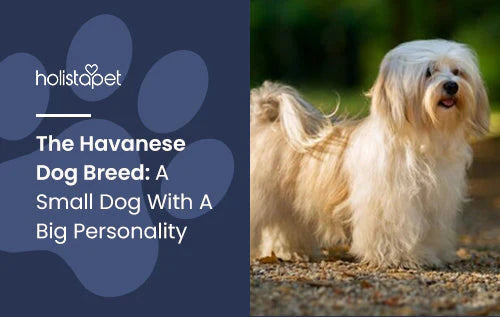
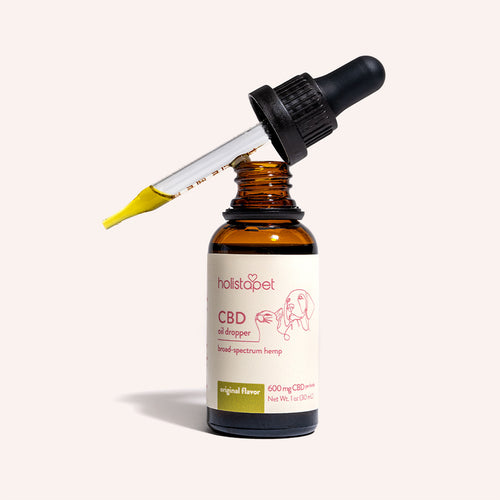 CBD Oil for Dogs - Fast Acting
CBD Oil for Dogs - Fast Acting
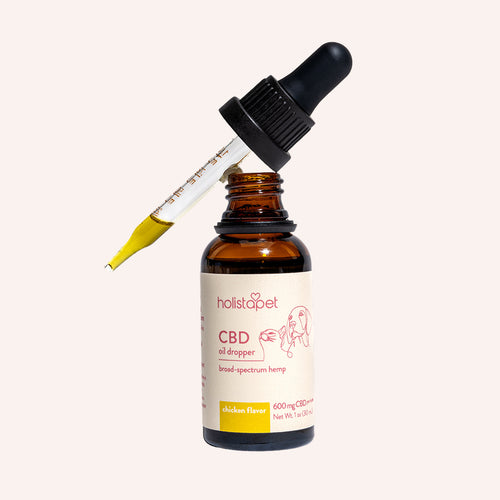 Chicken Flavored CBD Oil For Dogs - Easy Dose
Chicken Flavored CBD Oil For Dogs - Easy Dose
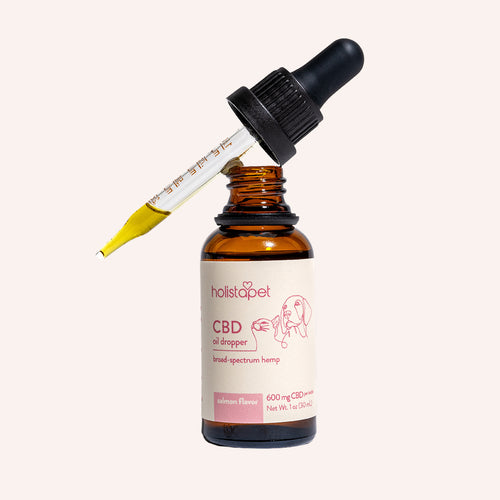 Salmon Flavored CBD Oil For Dogs - Highly Rated
Salmon Flavored CBD Oil For Dogs - Highly Rated
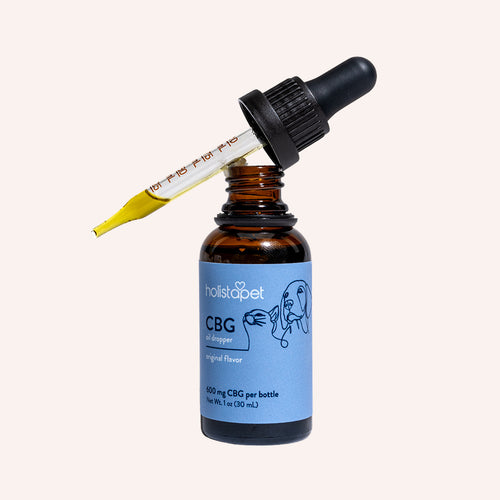 CBG Oil for Dogs and Cats - Loved by Thousands
CBG Oil for Dogs and Cats - Loved by Thousands


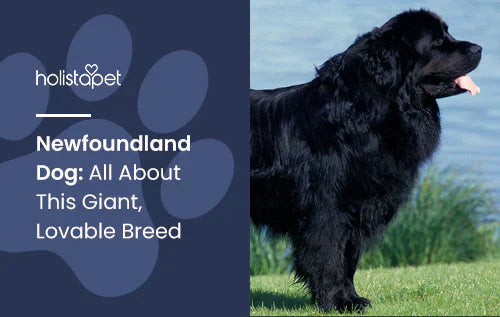
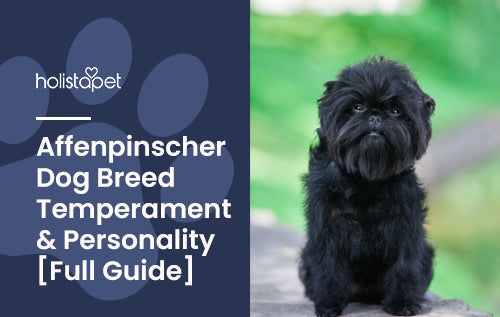

Leave a comment
All comments are moderated before being published.
This site is protected by hCaptcha and the hCaptcha Privacy Policy and Terms of Service apply.